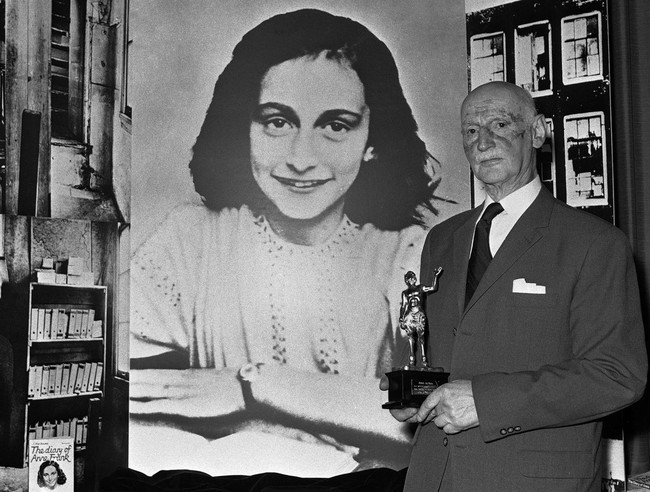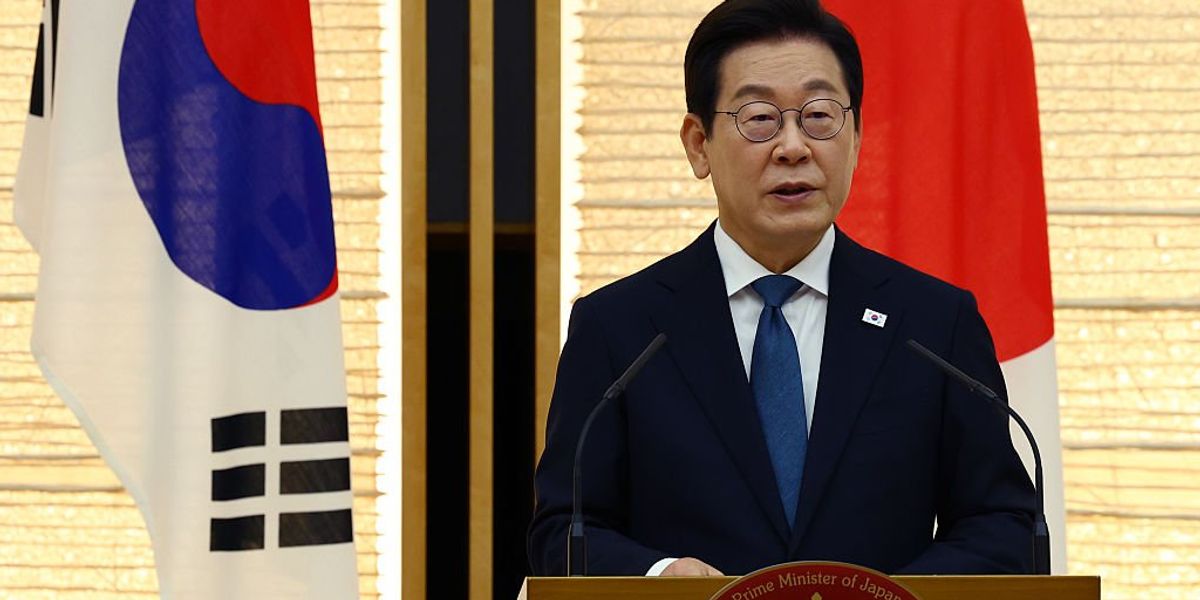“Narcissism” is a word that gets thrown around a lot. Usually by leftists trying to be morally righteous. “Did you hear about Elon Musk? He’s such a narcissist,” said the narcissist.
We should the consider the possibility that we rejected this harshly utilitarian view of children for another extreme.
But if we’re actually being serious about the clinical term known as “narcissism,” then the obvious answer is that we’re all narcissists. Narcissism is something every human being is born with. In biblical terms, it’s simply our natural fallen state.
If you can’t admit to yourself that you’re a narcissist, then you’re just in denial. It’s natural for us to be self-absorbed and even inconsiderate of others. We’re born sinners. To admit it truly is the first step to overcoming it.
Mini adults
A bigger problem is that narcissism has become the foundation of our culture. Why is that? In college I took a class called “Media and Children,” which explored how art has shaped and developed humanity’s perception of itself and how that perception gets redirected back in the way society operates.
A large part of the class dealt with the rise of Madonna and Child imagery in medieval and early Renaissance times. Prior to this, representations of children occurred mainly in paintings depicting peasants toiling in the fields. These images offer little differentiation between adults and children; the latter are simply smaller versions of the other workers.
This wasn’t just an artistic decision. It reflected how children were perceived in society: as laborers in training, future functionaries, or simply smaller humans not yet fully formed. There was no concept of “childhood” as a sacred, protected phase.
Divine reverence
The Madonna and Child changed this. The image of Mary and Jesus created a deeply emotional, almost divine reverence for both motherhood and childhood. Over time, this helped usher in a more sentimental, inward-facing culture: less about community utility and more about the sanctity of the individual.
The Madonna and Child shifted society’s focus from selfless and communal rural organization to an inward focus on individualism. The mother and child dyad began to be seen as a separate, almost holy entity, one that had to be protected, cherished, and nurtured.
We built entire systems around this idea. The standardized graded schooling system actually sprang out of this mode of thinking, as children were seen as too innocent to be given “forbidden” adult knowledge all at once, so it needed to be spoon-fed in gradual waves, lest the child be corrupted. No longer an apprentice or a tool in the economic machinery, the child needed to be eased into reality, slowly and carefully.
Born narcissists
This isn’t to say the earlier model of tossing kids into the fields at age five was ideal. But we should the consider the possibility that we rejected this harshly utilitarian view of children for another extreme: the child as a morally pure, emotionally fragile being whose wants and needs should take precedence at all times.
This, I think, is where narcissism crept in. As I said before, all humans are born narcissists. Just look at any baby or toddler. They act on base instinct. They cry when they’re uncomfortable, reach for whatever satisfies them, and have no concept of the needs or feelings of others. It’s not until a parent is there to correct their behavior and teach them the concepts of altruism and the consideration of others that the child learns to be less selfish.
But what happens when a culture turns that natural narcissism into a virtue? When mothers are encouraged to reinforce it instead of correct it? When children grow up being told they are special, sacred, and central to everything? You get a society that caters to emotion before reason. A culture where the self is the most important thing, where discomfort is oppression and challenge is violence.
Out of the picture
Liberalism, in this light, isn’t just a political theory. It’s an emotional framework built around the sacredness of the individual. And that framework, I would argue, finds its roots in the religious and cultural iconography of the Madonna and Child.
Notice who is missing from these “family pictures”: the father. In the archetypal Madonna and Child image, Joseph, if present at all, remains in the background. He’s often off to the side, passive, irrelevant. He’s eternally stuck in the old world, still out in the fields, still laboring, still part of that feudal model that we’ve supposedly “evolved” beyond.
The image of the father gets erased from the central narrative, and that erasure eventually spills out into real life. The father becomes secondary. The mother becomes the entire emotional and moral universe of the child. And from there, society slowly restructures itself around this new holy dyad: mother and child at the center, everything else in orbit.
Liberal democracy didn’t just evolve from Enlightenment rationalism and the French Revolution. It was primed much earlier by this cultural shift toward the sacralization of the individual mother and child.
And it’s not that we went from bad to good, or good to bad. We simply shifted. From a collectivist, utilitarian (and dare I say, monarchical) model to one that centers emotional connection and personal uniqueness. The problem is that when you start to worship the individual (especially the unformed, undisciplined, and coddled individual), you risk institutionalizing narcissism. And now we’re living with the consequences.
Read the full article here







![‘If I Renounce My Citizenship, Will [They] Send Her?’ ‘If I Renounce My Citizenship, Will [They] Send Her?’](https://www.rvmnews.com/wp-content/uploads/2025/01/2025.01.24-09.40-rvmnews-6793600581b75.jpg)



